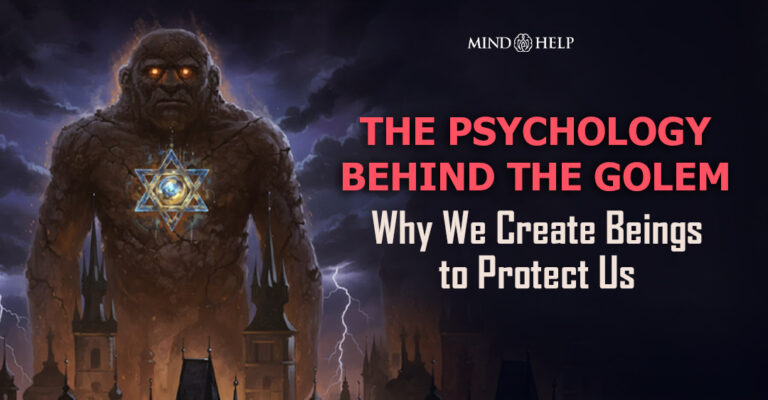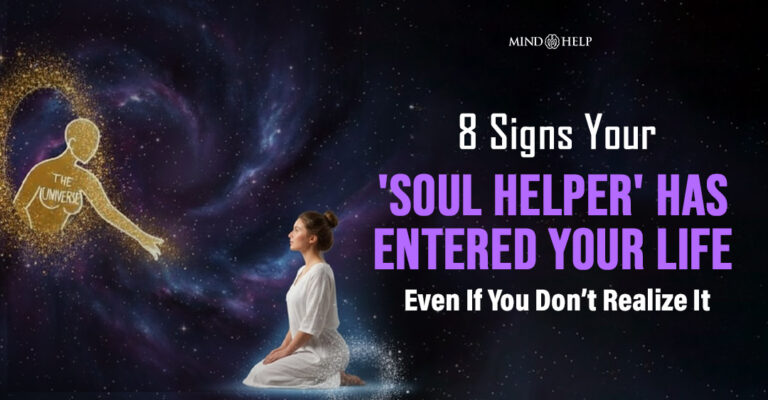Halloween may have ended, but its shadows linger—softly flickering in candlelight, echoing in the stillness after All Souls’ Day and the Dia De Los Muertos festival. Across cultures and centuries, people have paused during this season to reflect on mortality, memory, and the unseen connections that endure between the living and the dead.
Most of us are familiar with the Day of the Dead festival, or Día de los Muertos, often recognized through its vibrant imagery of marigolds, sugar skulls, and painted faces. The Day of the Dead Mexican festival, celebrated between November 1 and 2, gained international recognition through Pixar’s Coco (2017), which portrayed its central message beautifully—remembrance keeps love eternal.
This idea—that memory preserves presence—is shared across the world. From Asia to Africa, from Europe to the Americas, many societies hold their own festival of the dead, each shaped by local beliefs yet grounded in the same truth: to be remembered is to never truly die.
As autumn fades and the air cools, humanity collectively turns inward—honoring the departed not with fear, but with reverence. Ghost stories and ancestral rituals remind us that death is not an ending, but a transformation of connection.
Below are more than ten haunting legends and ancestral customs that continue to inspire the spirit of Dia De Los Muertos and similar observances across the globe.
How Dia De Los Muertos Festival and Other Festivals of the Dead Help Us Heal
1. The Weeping Woman of Mexico — La Llorona’s Eternal Cry
During the Mexican festival of the dead, the streets of Mexico bloom with life—music, food, and laughter—but beneath the celebration drifts a sorrowful echo: the La Llorona ghost story.
According to legend, La Llorona (“The Weeping Woman”) mourns the children she drowned in a moment of despair and now roams riverbanks, crying for them through the night. Parents once told her tale to warn children away from dark waters—but her story transcends fear. It reflects grief, guilt, and the painful longing for redemption.
During the Dia De Los Muertos festival, when candles guide ancestral souls home, it’s said even La Llorona finds peace—remembered, forgiven, and finally at rest.
2. Japan’s Obon — When Spirits Dance by Lantern Light
In Japan, the Obon festival (observed in mid-August or July, depending on the region) honors returning ancestors through light and movement. Families hang lanterns to illuminate the spirits’ path home and perform Bon Odori, a dance welcoming them with joy rather than sorrow.
According to legend, a monk named Mokuren once saw his deceased mother suffering in the afterlife. Through prayers and offerings, he eased her suffering—creating the foundation for Obon.
Every glowing lantern carries a psychological truth: remembrance bridges distance. It tells the soul, “You are not forgotten.”
3. The Hungry Ghosts of China — Spirits Seeking Sustenance
The Chinese ghost festival, held on the fifteenth day of the seventh lunar month (known as Ghost Month), is rooted in compassion and fear alike. Ancient belief says that during this time, the gates of the underworld open, releasing spirits to roam among the living.
Families offer food, incense, and paper effigies to satisfy these hungry ghosts—especially those whose descendants no longer remember them.
The Ghost Festival expresses a deep psychological truth: our fear is not of death, but of being forgotten. To feed a spirit is to symbolically feed the need for recognition—both theirs and our own.
4. Madagascar’s Famadihana — Dancing With the Ancestors
Every few years in Madagascar, families observe Famadihana, meaning “the turning of the bones.” Ancestors’ remains are lovingly rewrapped in fresh silk and carried in joyous processions with music and dance.
To outsiders, it might appear morbid—but psychologically, it’s an act of continuity and reconnection. The Malagasy believe celebrating their ancestors strengthens familial bonds and brings blessings.
Much like Dia De Los Muertos, Famadihana affirms that love transcends mortality. The dead are not gone; they simply move differently—through memory, music, and ritual.
5. Ireland’s Samhain — The Celtic Origin of Halloween
Long before pumpkins and costumes, there was Samhain, the ancient Celtic festival of Samhain that marked the end of harvest and the beginning of winter. During Samhain, the boundary between worlds was believed to thin, allowing spirits to pass through.
Fires were lit to protect against harmful entities, and offerings were left for wandering souls. Disguises were worn to confuse trickster spirits—a tradition that later evolved into the modern origins of Halloween.
This Celtic celebration of Samhain was less about fear and more about acknowledging unseen presences—a reminder of life’s cyclical nature and our enduring ties to those who came before us.
6. Bengal’s Bhoot Chaturdashi — The Night of Fourteen Lamps
In Bengal, on the eve of Kali Puja, the Bhoot Chaturdashi significance lies in remembrance. Fourteen oil lamps are lit in every corner of the home to honor the spirits of the past fourteen generations.
Families prepare a dish made from fourteen different leafy greens—a symbolic offering to their ancestors. The lighted lamps are believed to guide benevolent souls home and guard against darker forces.
Like many festivals of the dead, it represents both protection and connection—a bridge between gratitude and remembrance.
Read: Bhoot Chaturdashi: The Indian Halloween That Honors the Past
7. The Wag Festival of Egypt — Souls Crossing the Sacred Nile
In ancient Egypt, the Wag festival honored Osiris and the ancestors who had journeyed to the afterlife. Small boats were set afloat on the Nile, symbolizing the soul’s passage across the cosmic waters to Aaru, the field of eternal peace.
Psychologically, the Wag festival Egypt represents humanity’s deep-rooted belief in continuity after death—the transition from one existence to another.
8. Pitru Paksha — India’s Ritual of Ancestral Gratitude
The pitru paksha rituals, a 15-day observance in the Hindu lunar month of Bhadrapada, invite families to honor their ancestors through food offerings, prayers, and acts of service.
These practices embody a key psychological function of mourning—transforming grief into gratitude, and absence into blessing. By remembering the past, participants reaffirm their own place within an intergenerational continuum.
9. The Ghostly Lights of Gai Jatra — Nepal’s Festival of Cows
In Nepal, Gai Jatra or “The Festival of Cows,” takes place each August or September. Families who lost loved ones that year lead decorated cows through the streets—symbolic guides for departed souls.
It is both cathartic and communal: a public acknowledgment of loss wrapped in laughter, music, and color.
10. The Three Nights of the Dead — Europe
Observed from late October to early November, The Three Nights of the Dead commemorate the Great Flood, with each night honoring the lost, the saved, and the reborn. This ritual reflects humanity’s ongoing cycle of grief, survival, and renewal—a reminder that from every ending, life begins again.
11. All Souls’ Day — Remembering Together
Observed globally on November 2, All Souls’ Day encourages families to visit cemeteries, light candles, and share food with departed loved ones. In places like the Philippines, it transforms grief into gathering—a collective ritual of connection and reflection.
Many Voices, One Whisper
From the marigold pathways of Mexico to Japan’s lantern-lit rivers, from Ireland’s misty fields to the temples of Bengal, these customs reveal a shared human truth: the dead are not absent—they are simply unseen.
Each festival of the dead—be it Dia De Los Muertos, Obon, the hungry ghost festival, Famadihana, the Wag festival, or All Souls’ Day—serves the same psychological purpose. It integrates the inevitability of death into the continuity of life.








